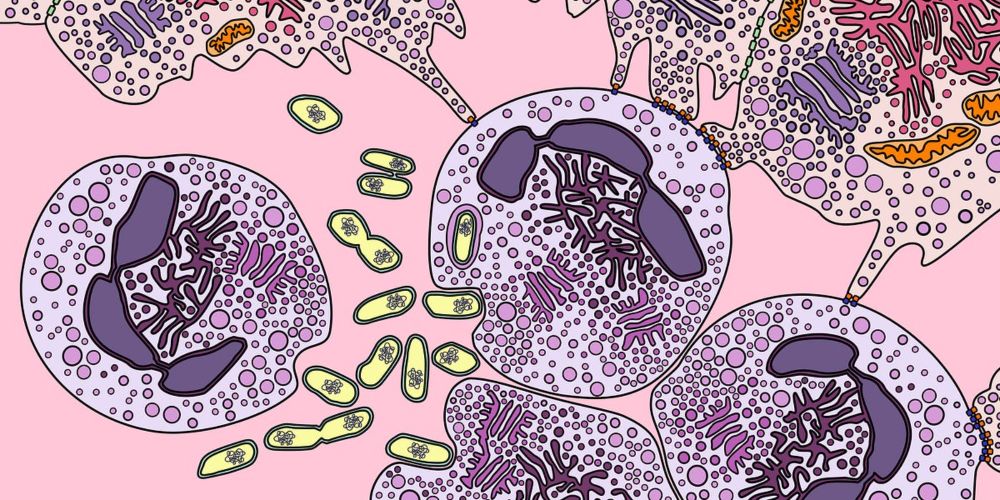
Logan Thrasher Collins
@logantcollins.bsky.social
150 followers
310 following
290 posts
Synthetic biologist, futurist, author. Biomedical engineering PhD candidate at WashU. Budding serial biotech entrepreneur. You can learn more about me on my website: https://logancollinsblog.com/
Posts
Media
Videos
Starter Packs
Pinned























